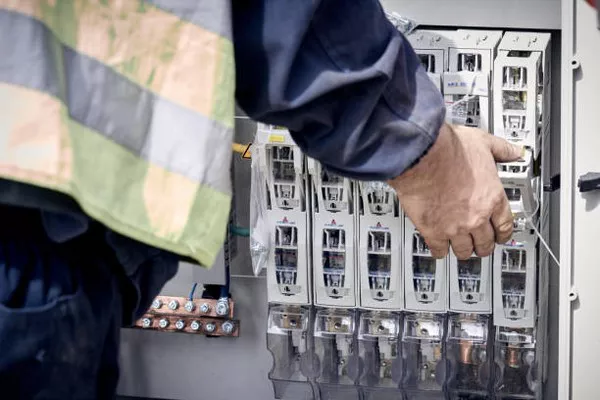In the realm of electrical engineering, transformers serve as pivotal components for manipulating voltage levels to facilitate efficient power distribution. Among the various types, step-down transformers play a crucial role in reducing voltage levels to meet specific requirements of electrical systems. Understanding the intricacies of how step-down transformers operate is fundamental for engineers and technicians alike. This article aims to delve into the mechanisms behind voltage reduction and elucidate the significance of step-down transformers in modern electrical infrastructure.
Functionality of Step-Down Transformers
At its core, a transformer comprises two sets of coils wound around a ferromagnetic core. These coils are referred to as the primary and secondary windings. The primary winding is connected to the input voltage source, while the secondary winding delivers the transformed output voltage. Step-down transformers operate on the principle of electromagnetic induction, wherein a changing magnetic field induces a voltage in the secondary winding proportional to the rate of change of magnetic flux linked with it.
Significance of Step-Down Transformers
Step-down transformers serve several critical functions in electrical systems, making them indispensable components in power distribution networks. Some of their key roles include:
Voltage Regulation: In regions where the mains voltage exceeds the requirements of electrical appliances, step-down transformers are utilized to reduce the voltage to a suitable level for safe operation. This ensures that sensitive equipment is not subjected to excessive voltage levels, mitigating the risk of damage or malfunction.
Safety Enhancement: By stepping down voltage levels, step-down transformers contribute to enhancing safety in electrical systems. Lower voltages reduce the risk of electrical hazards such as electric shocks, fires, and equipment failure, thereby safeguarding both personnel and property.
Compatibility with Equipment: Many electrical devices and appliances are designed to operate within specific voltage ranges. Step-down transformers enable compatibility by adjusting voltage levels to match the requirements of connected equipment, thereby facilitating seamless integration into electrical systems.
Energy Efficiency: Step-down transformers play a crucial role in minimizing energy losses during transmission and distribution. By reducing voltage levels, the current flowing through the system decreases, resulting in lower resistive losses and improved energy efficiency.
International Voltage Conversion: In situations where electrical equipment designed for one voltage standard is used in regions with different voltage specifications, step-down transformers facilitate voltage conversion, ensuring seamless operation without the need for equipment modifications.
Practical Applications of Step-Down Transformers
The versatility of step-down transformers finds application across various sectors and industries. Some common instances include:
Residential Power Distribution: Step-down transformers are employed in residential areas to reduce the high-voltage grid electricity to levels suitable for household appliances. This ensures safe and efficient power supply to homes while maintaining compatibility with standard electrical devices.
Industrial Machinery: Industrial facilities often utilize step-down transformers to power machinery and equipment requiring specific voltage levels. By customizing voltage outputs, these transformers enable optimal performance and longevity of industrial systems.
Telecommunications Infrastructure: Step-down transformers are integral components of telecommunications infrastructure, facilitating the conversion of high-voltage AC power to lower voltage levels suitable for powering communication equipment, such as amplifiers, transmitters, and repeaters.
Renewable Energy Systems: In renewable energy applications such as solar and wind power generation, step-down transformers are employed to match the voltage output of renewable energy sources with the requirements of the electrical grid or storage systems. This ensures efficient integration of renewable energy into existing infrastructure.
Transportation Networks: Step-down transformers are utilized in railway and mass transit systems to provide the requisite voltage levels for traction motors and auxiliary systems. By stepping down voltage from overhead lines or substations, these transformers enable safe and reliable operation of transportation networks.
Conclusion
Step-down transformers play a pivotal role in modern electrical systems by facilitating voltage reduction for a myriad of applications. By leveraging the principles of electromagnetic induction, these transformers enable safe and efficient power distribution while ensuring compatibility with diverse electrical equipment. Understanding the functionality and significance of step-down transformers is essential for engineers and technicians involved in designing, installing, and maintaining electrical infrastructure across various sectors. As technology continues to evolve, the role of step-down transformers in shaping the future of power distribution remains indispensable.

